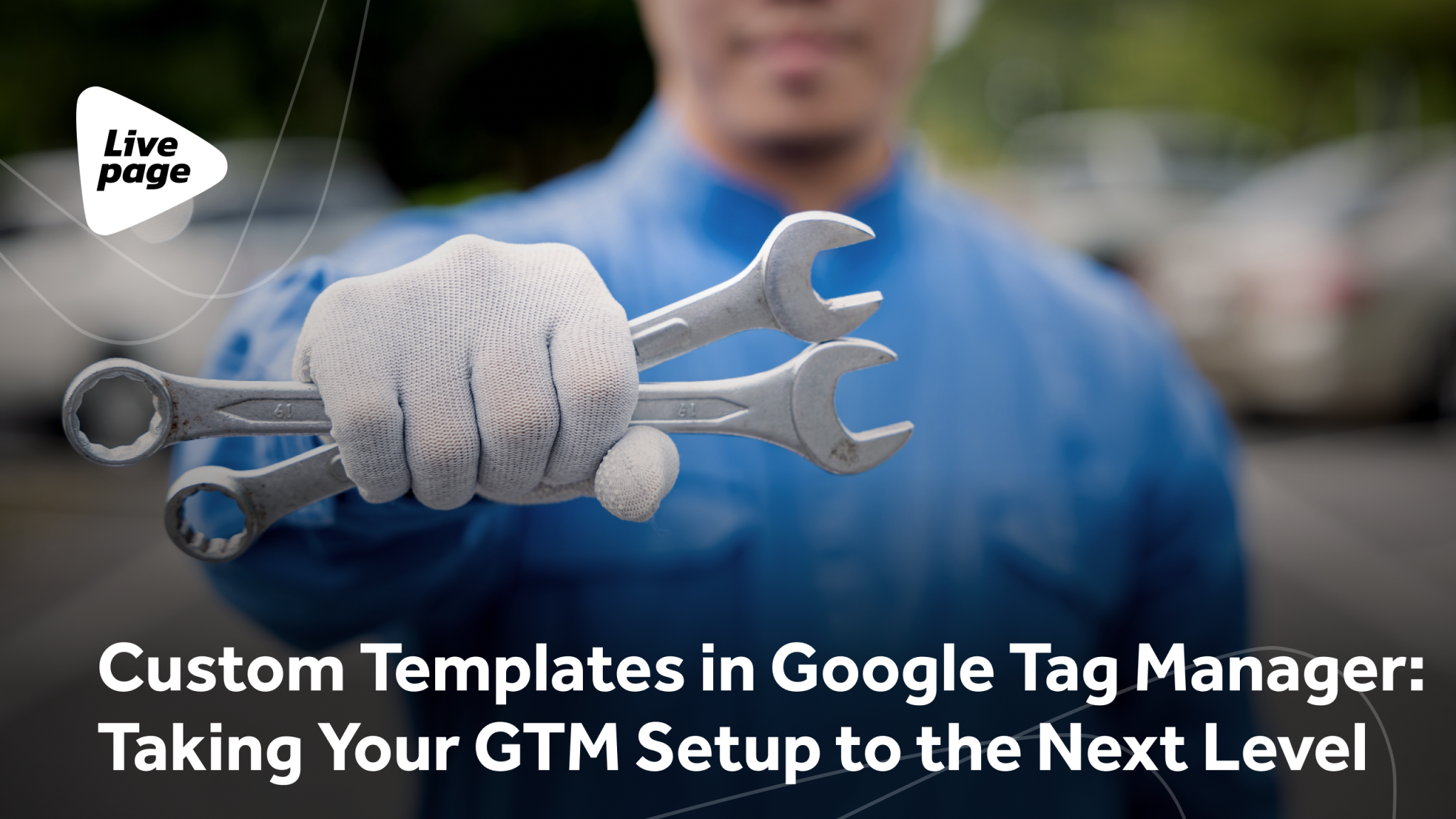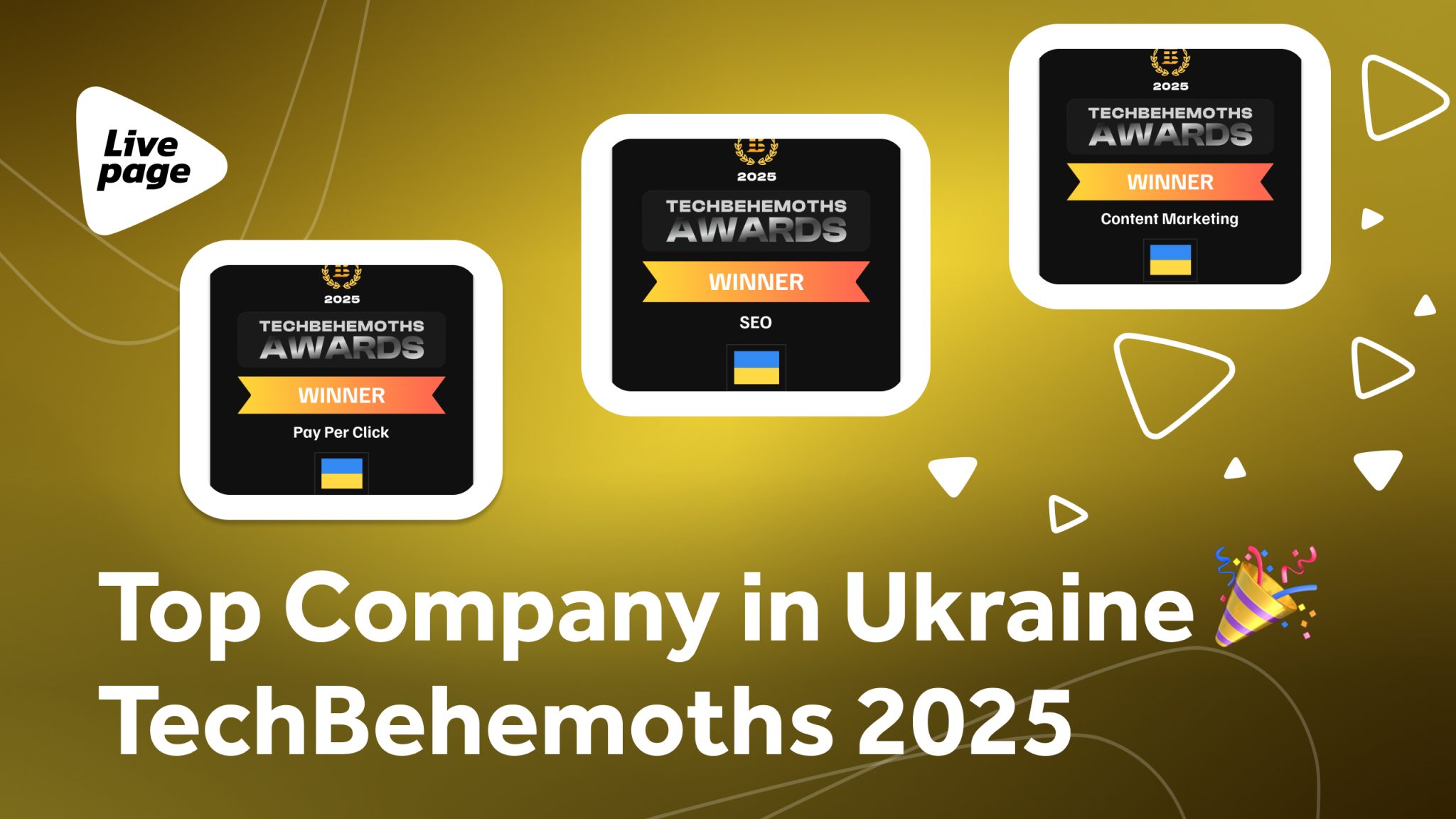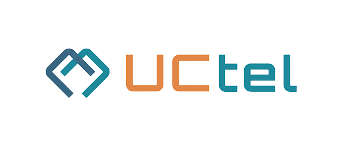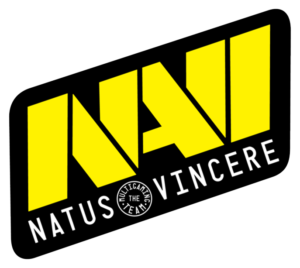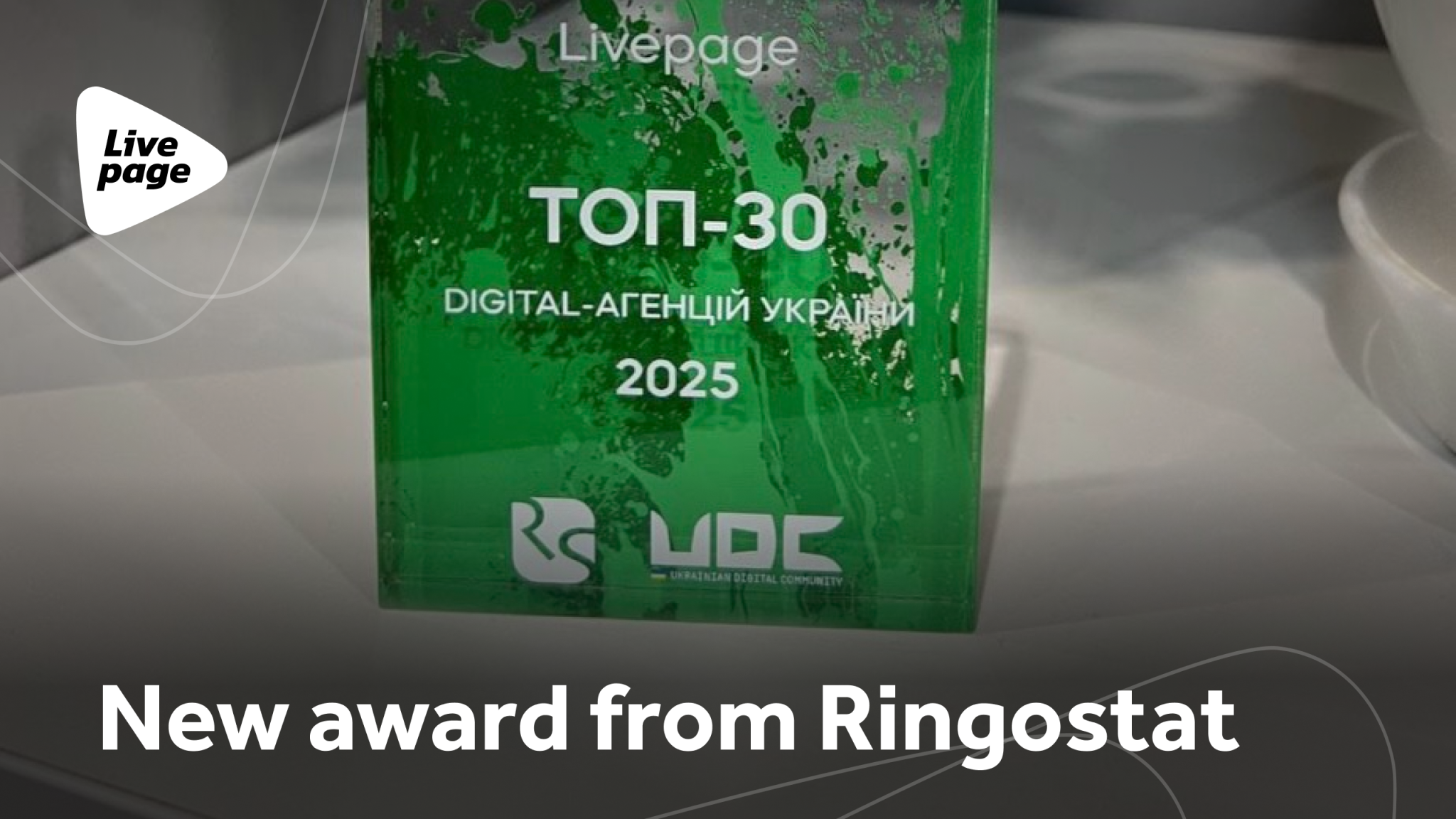
Using Ad Extensions In PPC Campaigns: Types, Benefits, and How to Set Up
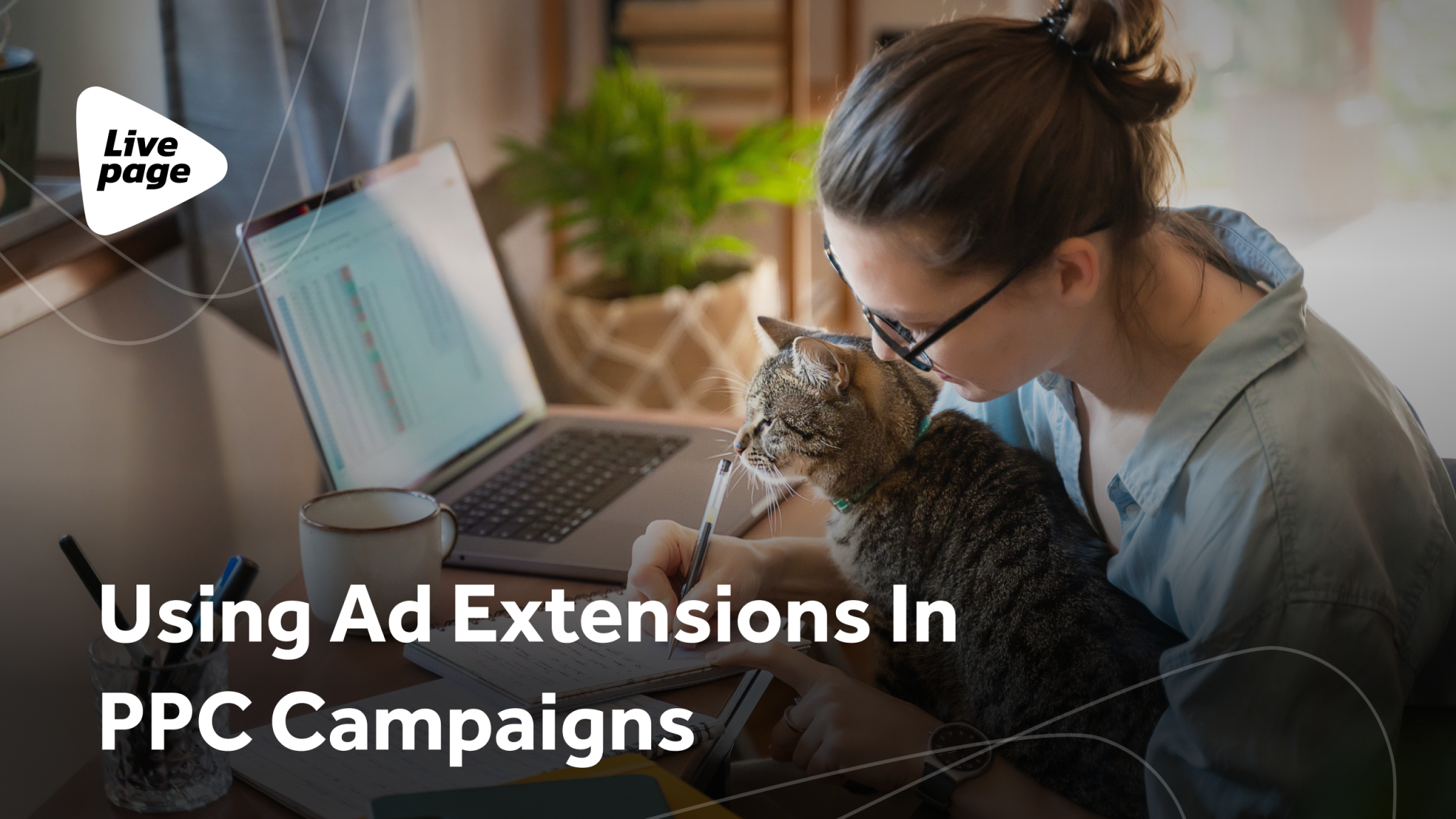
Ad extensions in PPC advertising are a tool that can significantly increase the effectiveness of your marketing campaigns. And yet, their role in improving the performance of PPC-based business models is often underestimated. Some people even think that all the extensions do is add extra text, making the ad more visible. In reality, however, the power of ad extensions is in giving users the additional opportunity to interact with your brand.
Ready to get a closer look at what makes these tools so powerful? What makes people set up ad extensions in Google Ads? Let’s jump in.
What Are the Reasons for Utilizing Google Ads Extensions?
There are several reasons why Google Ads extensions are pivotal for your success:
- Enhanced Visibility: When you create a Google ad extension, it makes your ads more prominent, capturing users’ attention;
- Increased Engagement: Extensions provide direct links and information, facilitating immediate interaction;
- Higher Click-Through Rates: By offering relevant information, they improve the likelihood of clicks;
- Customized Communication: Extensions allow for targeted messages, directly addressing the needs of specific user groups;
- Cost Efficiency: With better targeting and improved ad performance, they optimize your advertising budget.
9 Types of Ad Extensions and Examples of Effective Use
In general, extensions are additional blocks of information that can be included in ads. There are several common types of extensions:
- Structured snippet extensions;
- Sitelink extensions;
- Callout extensions;
- Call extensions;
- Price extensions;
- Location extensions or address extensions;
- Affiliate location extensions;
- App extensions;
- Promotion extensions.
Let’s discuss each of them in more detail.
Structured snippet extensions
Structured snippet extensions are objects that help you highlight specific features of your products and services. These objects are displayed below text ads and contain a title and a list of relevant values (information from Google Help). This way, you can draw even more attention to your products and services.
How to set up ad extensions in your PPC campaign using structured snippets? When setting up ad extensions of this type, you can choose what to display from a wide range of categories, such as amenities, brands, courses, degree programs, destinations, featured hotels, insurance coverage, models, neighborhoods, services, shows, styles, and so on. Pick the ones that are most relevant to your business.
For example, if you’re promoting an online store, you can specify which brands are currently available or what types of products you offer. Google recommends using at least four structured snippet extensions for each ad. This will increase the number of possible ad variations, allowing the advertising system to improve your campaigns.
Sitelink extensions
Sitelink assets allow you to add links to different pages of your website along with the leading ad link.
Returning to our online store example, you can, for instance, add links to pages of different product categories or specific offers to your ads. According to Google’s recommendations, there should be at least two such additional links, but you can add up to eight to one ad. Note that the links will not be displayed in the search results all at once. On mobile devices, links to the website are displayed vertically or as a carousel. You will see the vertical format only in high-ranking ads, while the carousel will be displayed for low-ranking ads.

Sitelink extensions are often undervalued, but they are crucial for effective advertising. Such elements allow you to include additional links in your ads that lead to different pages of your website. That is, they allow a user to access the homepage, product page, contact page, and current promotion page via one ad. It’s almost like a mini-tour of your website right from the search results.
Callout extensions
Callout assets enrich text ads by presenting unique offers, such as free shipping or round-the-clock customer service. These extensions are displayed along with the ad on a computer or mobile device. That is, customers will receive detailed information about your company, products, and extra services from the ad. This extension type allows you to communicate popular or unique offers in a few words or a single phrase.
For example, if you promote a company that provides 24/7 services, you can emphasize this in the callout extension. Google recommends making sure such extensions stay relevant to the ad itself. When incorporating an extension at the ad group level to promote a special package offer, it’s crucial to tailor the call to action specifically to the offer being advertised rather than to the broader company identity.

Call extensions
Call extensions in ads significantly increase your CTR by allowing potential customers to call advertisers or go to a website by simply clicking a button in the ad. This promotes user engagement and leads to active communications.
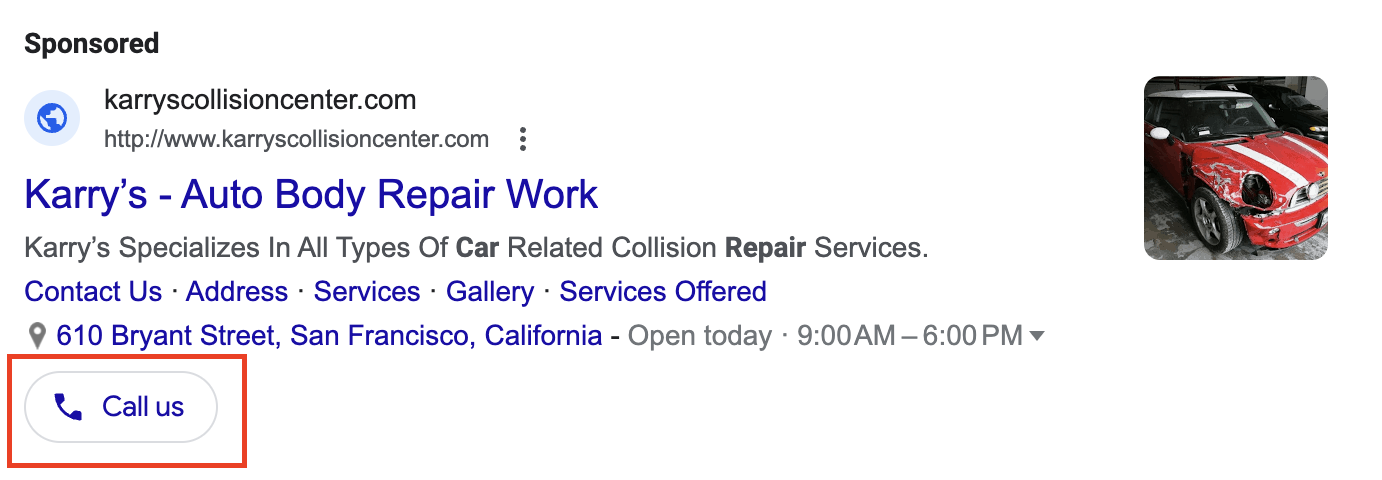
Users who view ads with a call extension on mobile devices can make a call directly without going to the website, while in the desktop version, you will see a phone number and a QR code after clicking on the ad. By scanning this code with your phone, you can call the number listed in the ad. This is especially useful for businesses that offer urgent services with no time to fill out forms or go through other additional steps (for example, various repairs, doctor’s appointments, etc.).
Price extensions
Price extensions are the most useful for selling products in an online or brick-and-mortar store, as they highlight the best deals and discounts a business has to offer. Price assets allow you to increase the effectiveness of text ads on the search engine by posting more detailed information about your products and services and directing customers to the website sections with the offers they’re looking for. This will make your ads more attractive for users.
You can also use price extensions in combination with other ad elements to advertise the cost of the offered services.
An example by Google
“Let’s say you own a hair salon. In a campaign with more general keywords, you can add generic price extensions for the Haircuts, Hair Coloring, and Hair Care categories. You can also add price extensions to ad groups with more precise targeting. The Hair Coloring ad group can include extensions such as Partial Hair Coloring, Full Hair Coloring, Full Hair Coloring + Conditioning, and Hair Polishing. Price extensions allow you to present the full range of services your company provides.”
Price extensions are a transparent and effective way to showcase your products or services to potential clients. Users can see what you offer and at what price with just a few clicks, making it easier for them to interact with the ad.
Location extensions
Location assets provide essential information about the physical location of your business, making it easier for users to find you. Typical information for such extensions include the address, map highlights, and the current distance to your closest office or store. Users get the option to call you or quickly find your business on the map by clicking on the address.

Address extensions are used for both mobile devices and computers, displaying information about your company on search and media networks, as well as on YouTube and Google Maps. It is a simple way to invite customers to visit you and make purchases.
Affiliate location extensions
Affiliate location extensions are suitable for businesses that sell their products to local retailers for distribution. The extension itself basically allows users to know where they can find the goods you sell. This mechanism is intended for products sold by merchants in multiple locations, with the ad pointing customers to a convenient store or marketplace. Affiliate location extensions are available on search and media networks, as well as on YouTube.
App extensions
App extensions direct users to the app by providing a link to its download page, usually on Google Play or the Apple App Store.
App extensions appear mostly on mobile devices and tablets, where people can easily download it in a few clicks. Note that you don’t need to customize such extensions for different mobile platforms, as they automatically adjust to the user’s device. For example, the link to the Apple App Store will be displayed for iOS users, and the app extension will be shown according to the device type, ensuring convenience for your audience.

However, note that app extensions are only useful for website promotion if the site in question has a dedicated application.
Promotion extensions
Promotion assets allow you to highlight specific promotions that your business is currently running. Here, we can see that the world-famous sports brand Nike is running a bonus program called “Valentine’s Day,” with the ad describing the terms and validity period of the promotion. It is also advisable to pay special attention to the timing of promotion assets, as they are only viable as long as the promotion lasts.

Implementing Ad Extensions in PPC Campaigns: Tips, Tricks & Benefits
- Be aware that your ad extensions will only be displayed to the users it is relevant for, and also has to compete with similar ads from other businesses. Your ad’s Google ranking determines its visibility when a particular keyword is searched for. Ad ranking takes into account the keyword bid, ad quality, and other factors such as user search intent and location.
If your ranking is insufficient or other ads are performing better, your ad and its extensions may be displayed less frequently. It is also crucial for Google algorithms to believe that the extensions will improve your performance. If there is no convincing evidence, extensions may not be used.
- When choosing which extensions to use, you should consider the specifics of your business and advertising strategy. For example, local stores can benefit from location extensions, while online stores can choose ones with direct website links and prices. To maximize the benefits of ad extensions for PPC campaigns, analyze the needs of your audience. For example, you can use the price or promotion extensions to sell products and the call extension for time-sensitive services.
- One of the key benefits of using ad extensions in PPC advertising is their ability to increase the visibility of your ads. Additional information and increased interactivity make ads more visible in the digital space. Extensions help your promotions stand out, attracting the attention of potential customers. According to Google, some extensions can increase the number of clicks by 15%.
- Ad extensions for PPC advertising campaigns also play a key role in increasing conversion rates. By providing users with multiple opportunities to interact with your business, such as a direct call, a visit to the office, or a click-through to a specific product, you simplify their path to purchase.
- Your strategy of utilizing ad extensions also affects the ranking and quality score of your ads in Google. The ad rank determines the position of your promotion on the page, and the quality score evaluates the relevance of your keywords. Effective use of extensions can improve both of these metrics, leading to better ad positioning and a possible reduction in CPC.
Pitfalls and Limitations When Using Ad Extensions in PPC Campaigns
Despite all the benefits of ad extensions in PPC advertising, there are some potential pitfalls and limitations you must be aware of.
- Overloading ads with extensions. Although it might seem that the more information the ad displays, the better, a large number of extensions in one ad can lead to overloading and blurring of the main message. This approach can make the ad look cluttered, making it difficult for users to understand the offer. You should aim for a balance approach and use only those extensions that add value to the ad.
- Improper implementation of ad extensions in the PPC campaign will not do you a favor. This can include choosing extensions incompatible with your business goals, using generic descriptions that don’t add value, or providing outdated or inaccurate information. Such mistakes not only waste ad potential but can also mislead prospective customers and damage your brand reputation.
Final Thought
Ad assets are an essential factor in the success of PPC campaigns and online paid advertising services. They can make regular ads more interactive, significantly improving their visibility and increasing the number of clicks.
Effective implementation of ad extensions in your PPC campaigns requires strategic planning, attention to detail, and systematic performance tracking. Each of these steps is crucial to maximize the potential of ad extensions in its own right. Don’t forget to regularly check the detailed metrics provided in the Google Ads Account statistics. The data on clicks, conversions, and conversion rates will help you review the ads’ performance. Evaluate these metrics to keep improving and optimizing your strategy.
Looking to pay per click campaign management services, and elevate your advertising efforts? Feel free to contact the Livepage expert team. We’ve got everything you need to ensure your ad campaigns soar to new heights!





